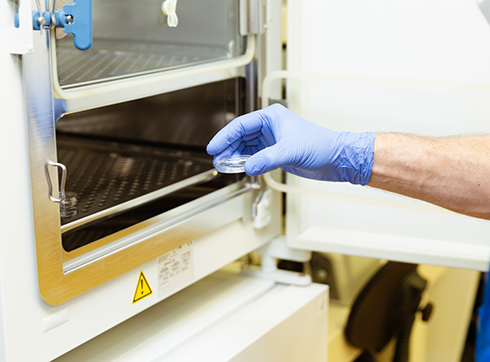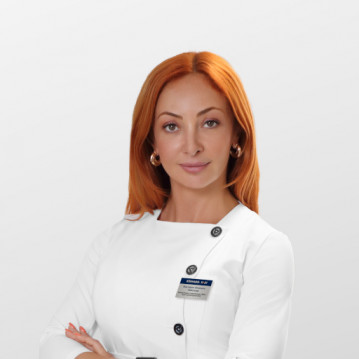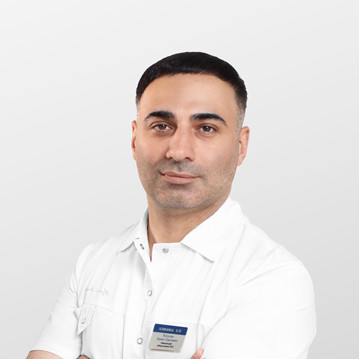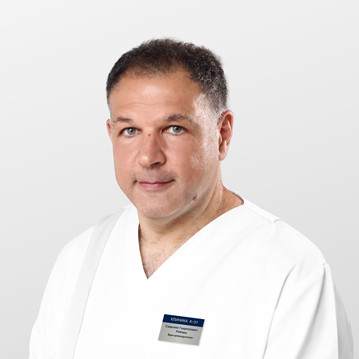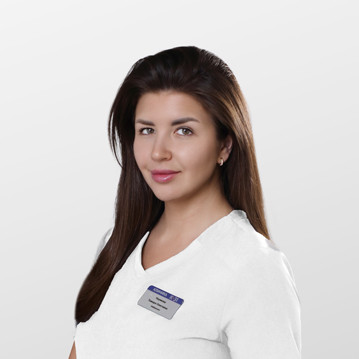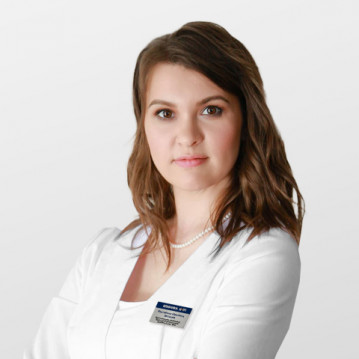ЭКО
ЭКО (экстракорпоральное оплодотворение) — метод лечения бесплодия, в том числе, когда пара не может зачать ребенка естественным путем. Суть ЭКО заключается в том, что встреча сперматозоида и яйцеклетки происходит не в организме женщины, а в лаборатории, экстракорпорально, а уже после оплодотворения эмбрион помещается в полость матки.
ЭКО+ИКСИ
Суть ИКСИ заключается в отборе единичного сперматозоида и последующем введении его в яйцеклетку специальными микрохирургическими инструментами. Данная техника призвана помочь супружеской паре, когда присутствует мужской фактор бесплодия, что препятствует наступлению оплодотворения и, как следствие, получению эмбрионов. ИКСИ является эффективным методом оплодотворения яйцеклеток пациентки, когда количественные и качественные показатели спермограммы партнёра сильно снижены. Данная методика позволяет получить генетически родного ребёнка при азооспермии. Эмбрионы, полученные при использовании техники ИКСИ, ничем не отличаются от эмбрионов после стандартной процедуры ЭКО.
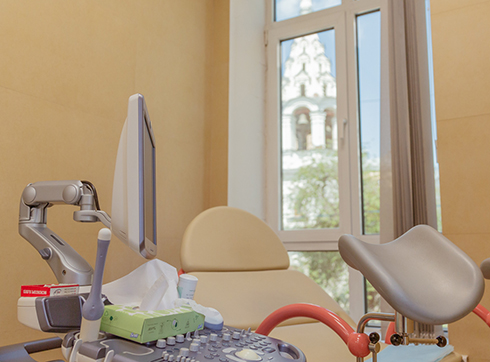
ЭКО+ИМСИ
Методика позволяет отобрать для оплодотворения лучшие по морфологическим критериям сперматозоиды с помощью их более четкой визуализации. В нашей клинике отбор сперматозоидов для ИМСИ выполняется при помощи оборудования с кратностью увеличения 6300 раз. Методика ИМСИ, основанная на оценке качественных показателей спермы, повышает вероятность наступления беременности в циклах ЭКО, при этом снижая риск выкидыша. Процедура очень эффективна при лечении бесплодия у пар, имеющих в анамнезе патологии мужского здоровья (тяжелое нарушение сперматогенеза), когда другие методы лечения безрезультатны.
ЭКО с донорской яйцеклеткой
К донорству яйцеклеток прибегают в случаях женского бесплодия, когда не удаётся добиться беременности при использовании собственных яйцеклеток. Для получения яйцеклеток у донора, как и у обычной пациентки, репродуктологи проводят гормональную стимуляцию яичников (индукцию суперовуляции) в цикле ЭКО. После того, как яйцеклетки (ооциты) созреют, происходит их забор путём трансвагинальной пункции. Далее эмбриологи проводят оплодотворение полученных донорских яйцеклеток спермой мужа пациентки и культивируют эмбрионы в условиях лаборатории. Параллельно с этим репродуктологи готовят эндометрий матки пациентки для имплантации эмбрионов препаратами эстрадиола и прогестерона. На 3 или 5 сутки эмбриологи выбирают наилучшие эмбрионы и переносят их в полость матки пациентки.
